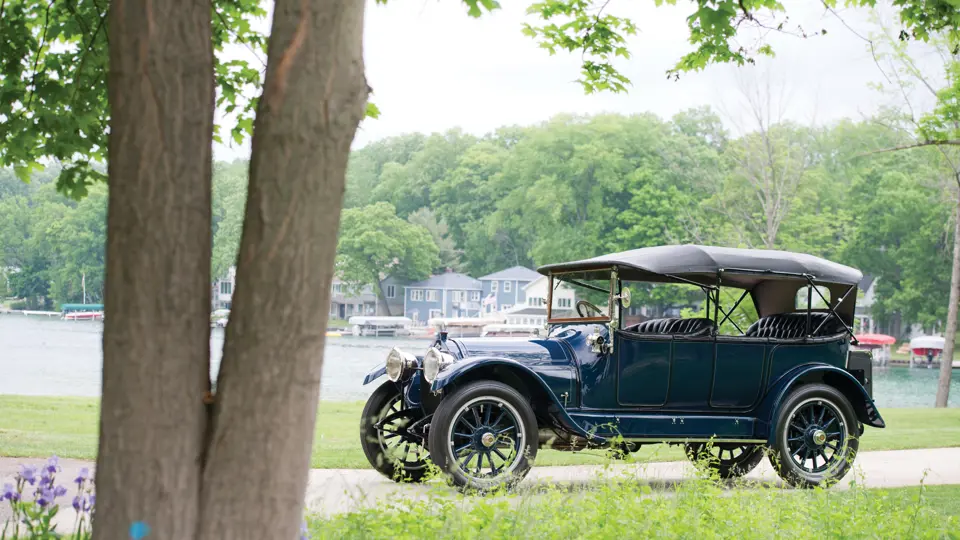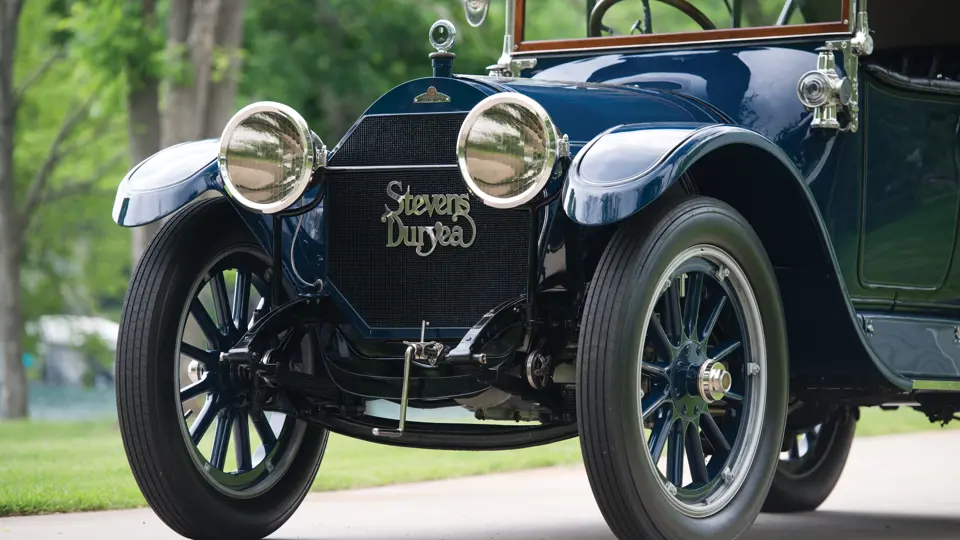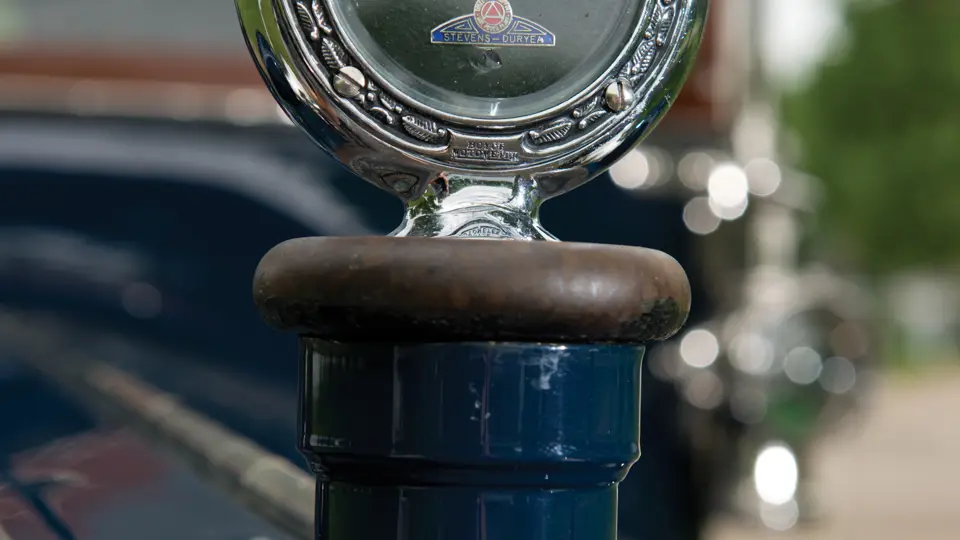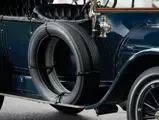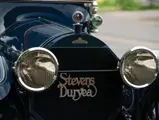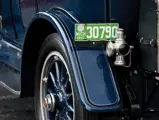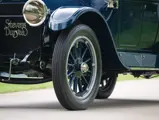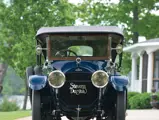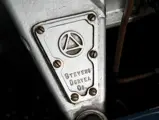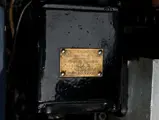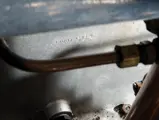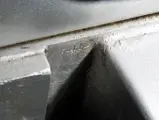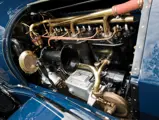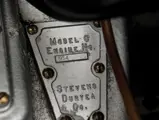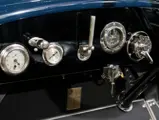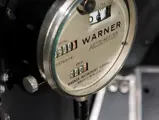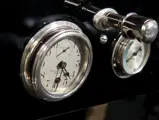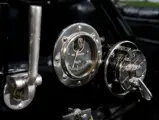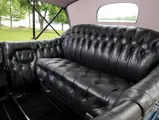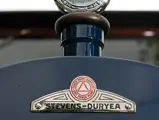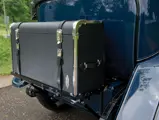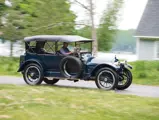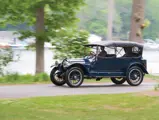44.6 hp (ALAM), 460 cu. in. L-head inline six-cylinder engine with dual ignition, three-speed manual transmission, semi-elliptic front and three-quarter elliptic rear leaf-spring suspension, and rear-wheel mechanical drum brakes. Wheelbase: 131 in.
J. Frank Duryea is rightfully recognized as being the father of the American automobile industry. After making a pioneer journey in a car built with his brother, Charles, in Springfield, Massachusetts, in September 1893, the two formed the Duryea Motor Wagon Company and turned out 13 near-identical cars. By 1898, however, the brothers had acrimoniously split, and in 1900, Frank designed another automobile, the Hampden, named for a nearby town.
The Hampden prototype came to the notice of the J. Stevens Arms & Tool Company, of nearby Chicopee Falls, Massachusetts. The name of the car was soon changed to Stevens-Duryea, and J. Frank was in the automotive business once again. For the next 26 years, Chicopee Falls would see production of some of the finest automobiles of the Brass Era, which were priced equivalent to Packards, Pierce-Arrows, and other grand cars of the age. “There Is No Better Motor Car,” touted advertisements, which may have been correct.
The Stevens-Duryea was conservatively designed and engineered but beautifully and solidly constructed. By 1913, the line incorporated two lengths of wheelbase, 131 and 138 inches, each with a 45-horsepower, six-cylinder engine with dual ignition, a three-speed transmission, and shaft drive. The Model C-Six, as it was known, could move along the nation’s growing roads with considerable power, speed, and reliability. It was a titan of its time.
Model C-Sixes were delivered to an elite clientele that included none other than George Vanderbilt, whose own long-wheelbase model remains within the artifact collection of his estate, Biltmore, in Asheville, North Carolina. Only eight other Model C-Sixes are known to survive, seven of which are mounted on the “short” 131-inch wheelbase chassis. They figure into some of the world’s greatest Brass Era collections and are treasured by those who enjoy long drives on HCCA events and the Glidden Tour.
The Model C-Six offered here has long-term Michigan ownership history. It was acquired from the collection of the late Jack Skaff, a well-known collector, by Gil and Clara Mack. At the time that the car was retrieved from Mr. Skaff’s stable, it was still in completely original condition, including even the original upholstery, and it was remarkably complete.
Mr. Mack proceeded to spend several years painstakingly restoring the Stevens-Duryea, retaining all of its priceless original components and parts throughout the process. At the completion of the restoration in 2008, the car was, as it is today, in show-quality condition, with a rich dark blue finish pinstriped in light grey and accented with black, a black canvas top with a grey cloth liner, and a glass rear window. The car was built near the end of the Brass Era and is lavishly and correctly trimmed in nickel, including its Stevens-Duryea script headlamps and the accessory Boyce MotoMeter.
The seats are upholstered in black diamond-tufted leather and are virtually flawless. The five-spoke wood-rim steering wheel is beautifully restored, and there is a “Triumph” fuel gauge located between the driver and passenger, as well as a Warner Autometer, which contains a speedometer, odometer, and a trip odometer. Other instrumentation includes a Westinghouse voltmeter, a pressure gauge for the original Kellogg air-starting system, and a Boston Clock Company timepiece. The engine is likewise impressive and show-quality in presentation, and an electrical starting system has been fitted as well.
Since acquiring the car in July 2010, the current owners have treated it to careful mechanical attention, which has included the fabrication and installation of a new rear axle and a new driveshaft. In addition, the carburetor was gone through, all-new tire inner tubes were installed, the engine dampener was rebuilt with new clutch material, the transmission was disassembled and cleaned, the bushings were polished, and it was filled with correct lubricants. An RM specialist who enjoyed time at its wheel reported that the car started easily and ran well.
Despite being presented at the July 2010 Eyes On Design event in Michigan, the Model C was in fact shown competitively for the first time at the July 2011 Concours d’Elegance of America, and it has also appeared at the Bay Harbor Vintage Car & Boat Festival.
There is likely no better example than this exceedingly rare, handsomely restored, and well-maintained Stevens-Duryea Model C available today. This car, moving swiftly and mightily along under its own power, is ready to once again take charge of the open road.




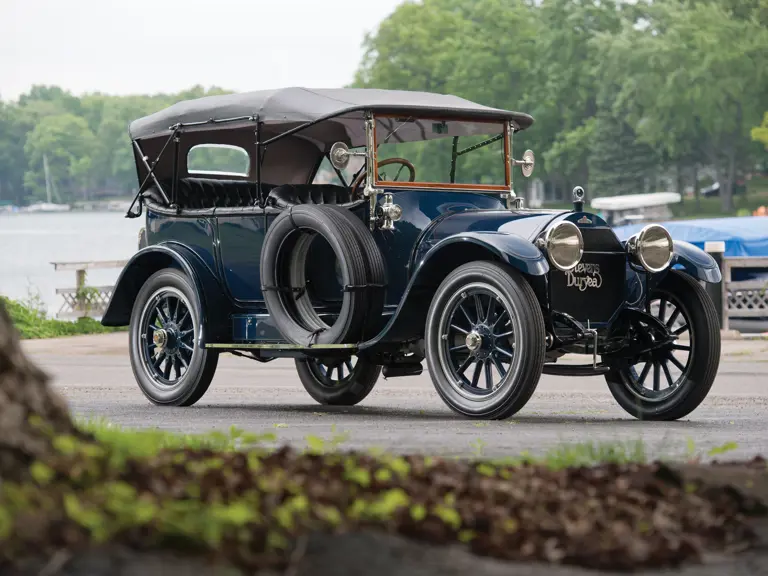
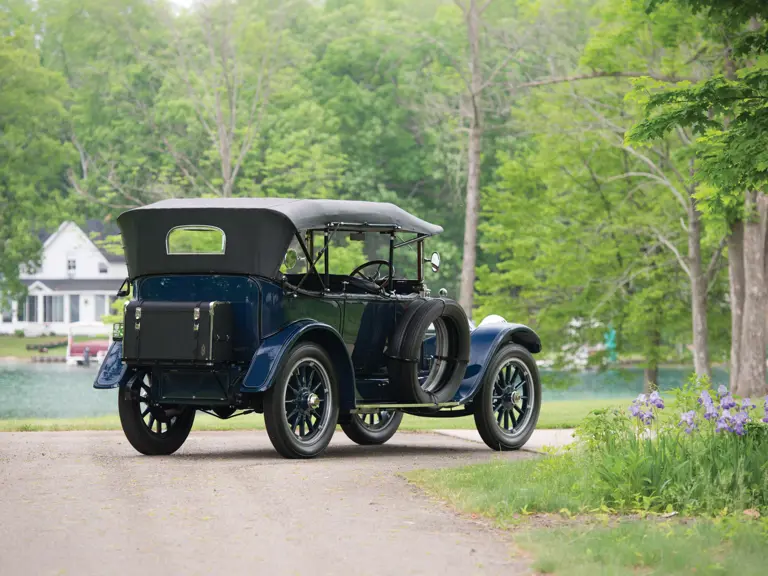
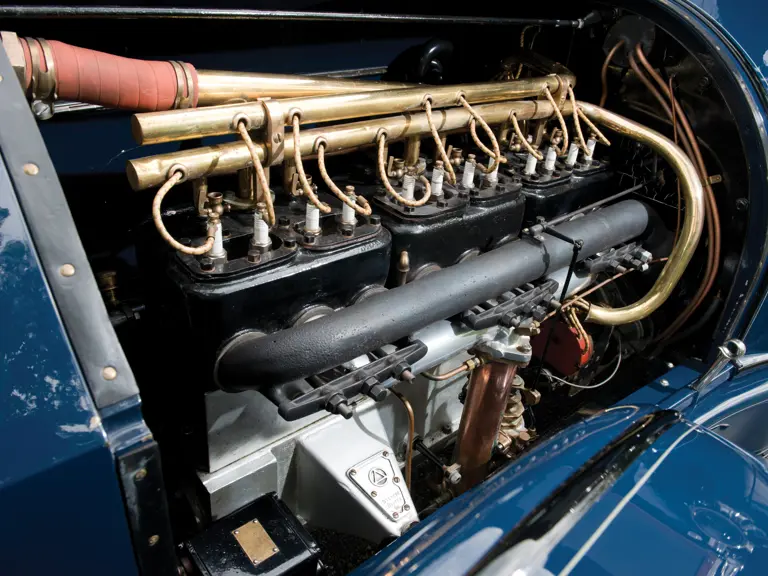
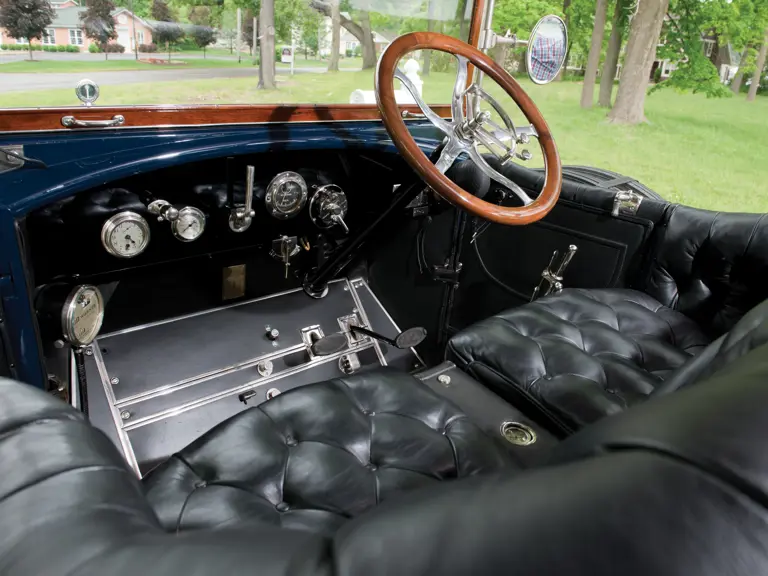
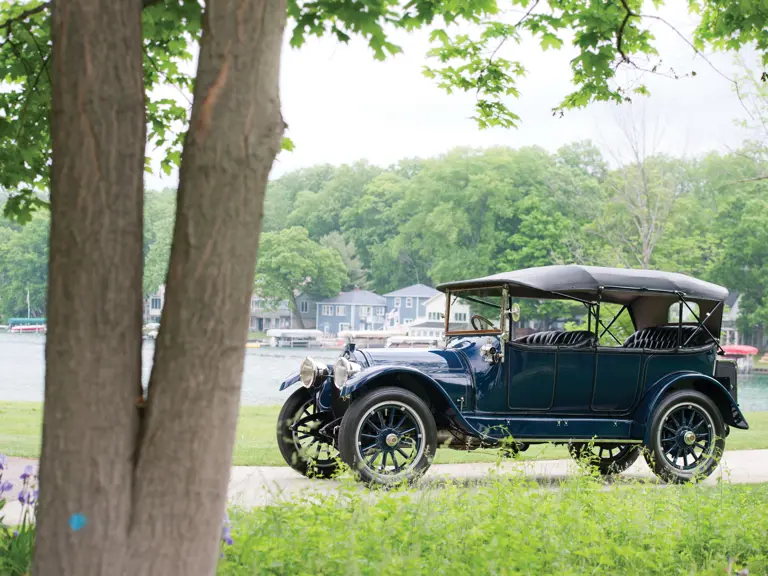
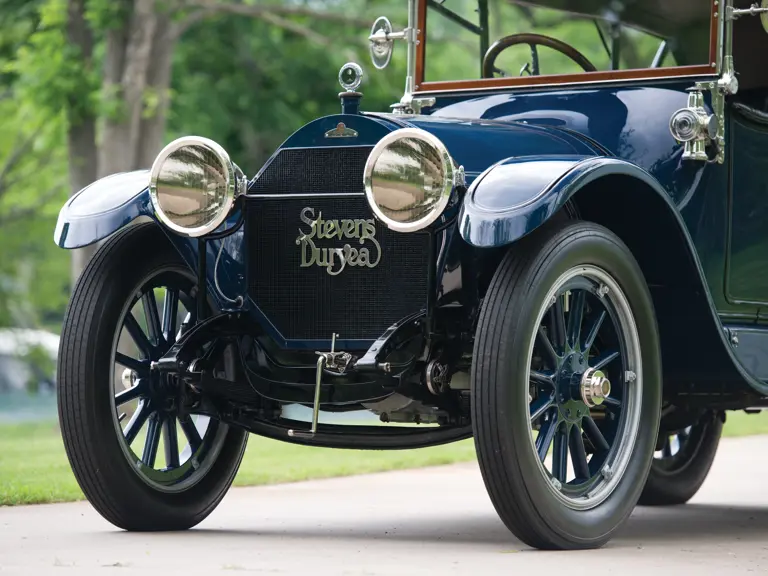

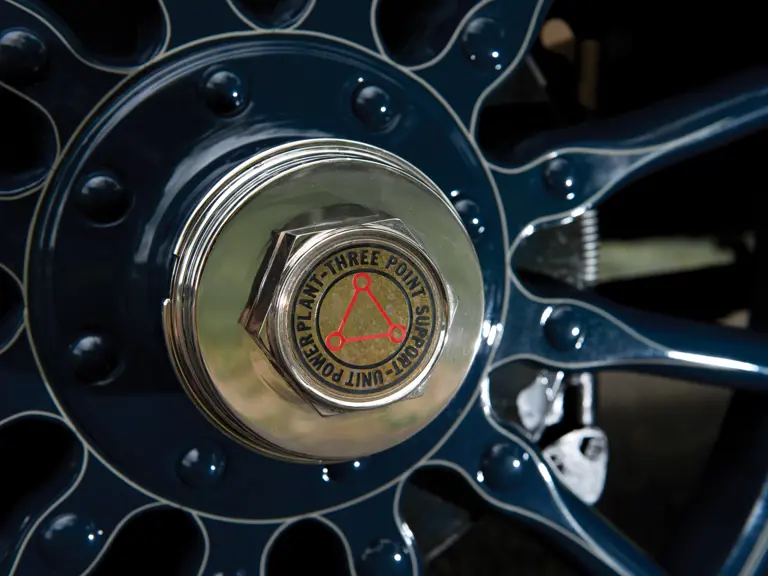

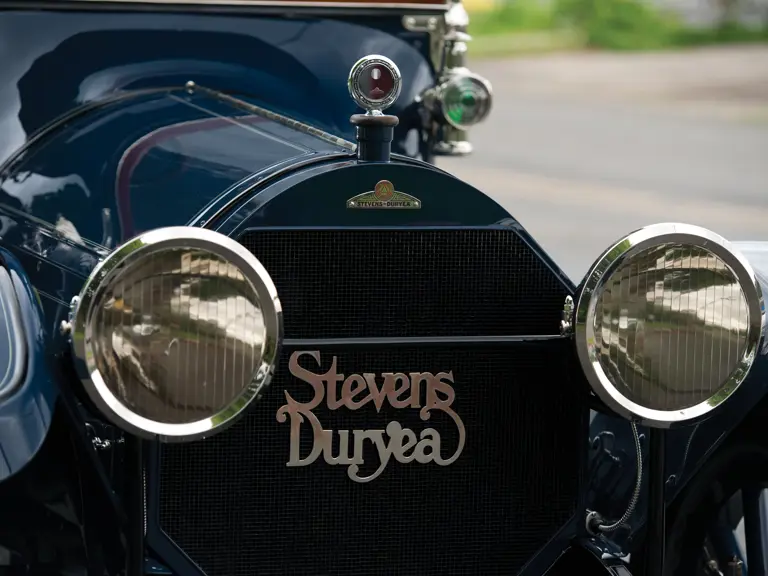
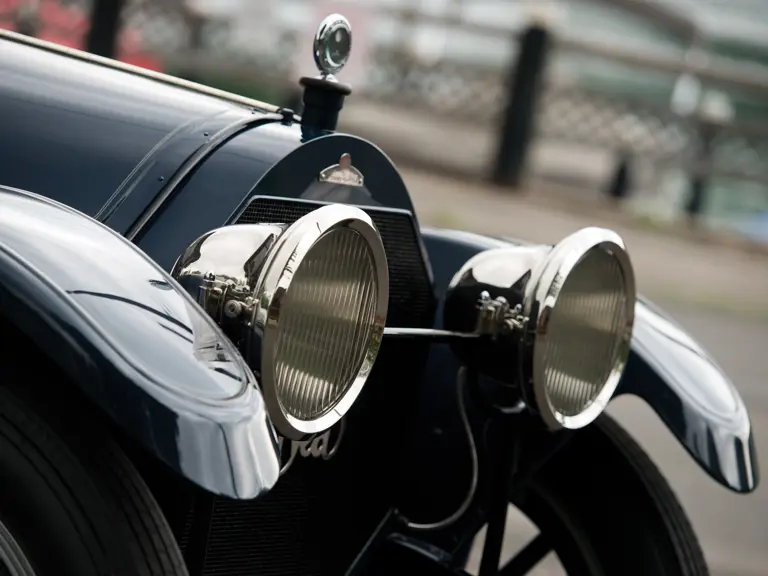

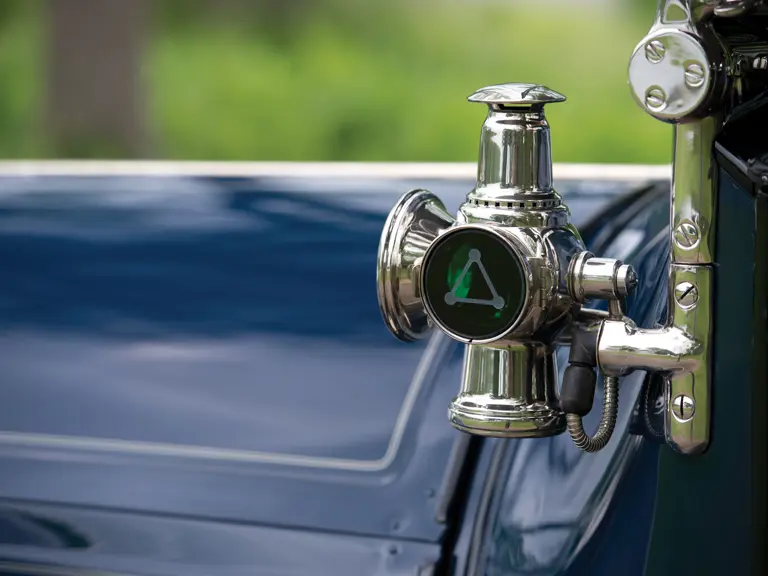
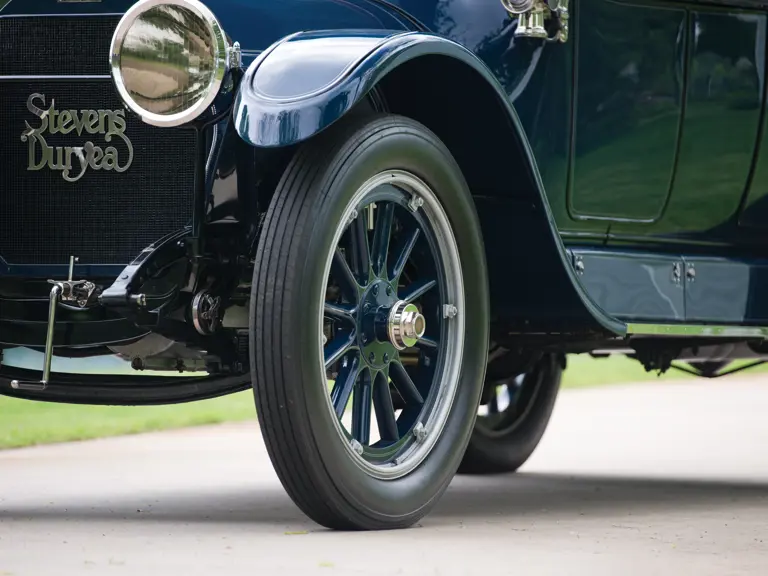
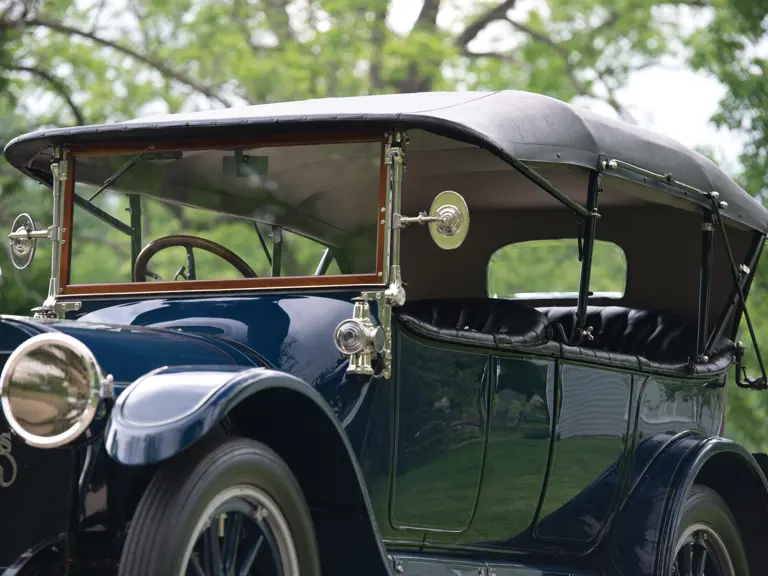
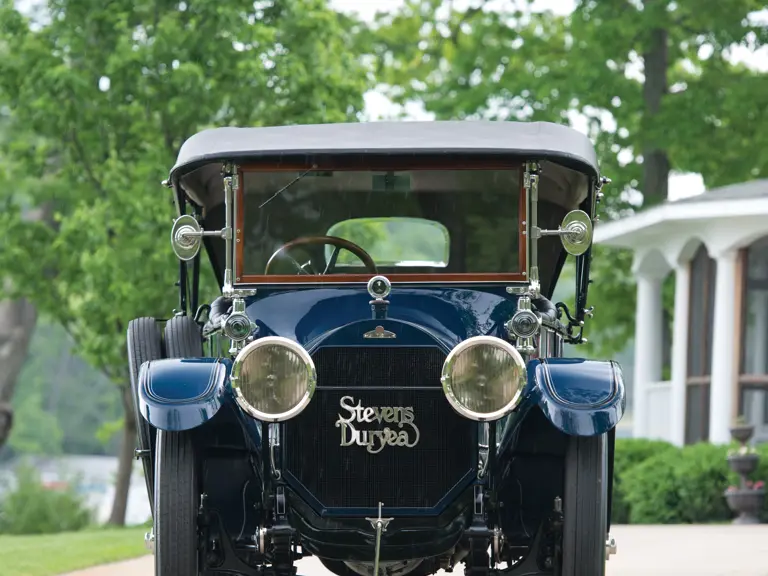
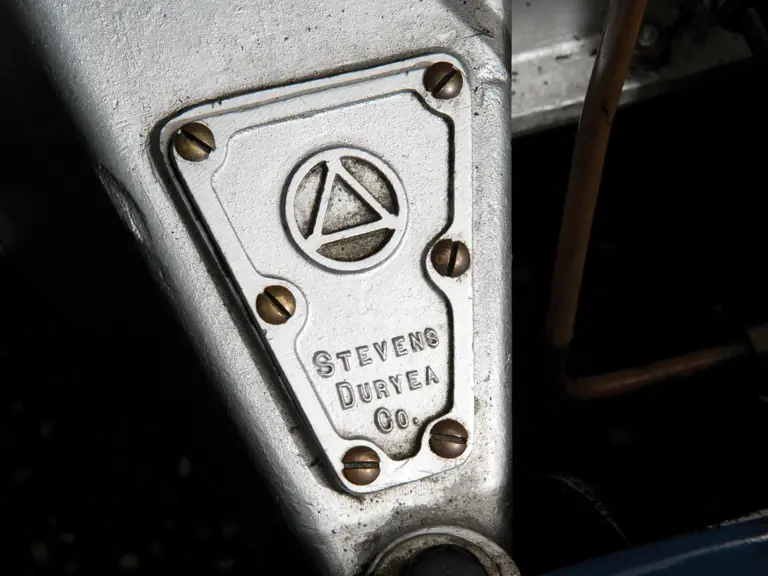
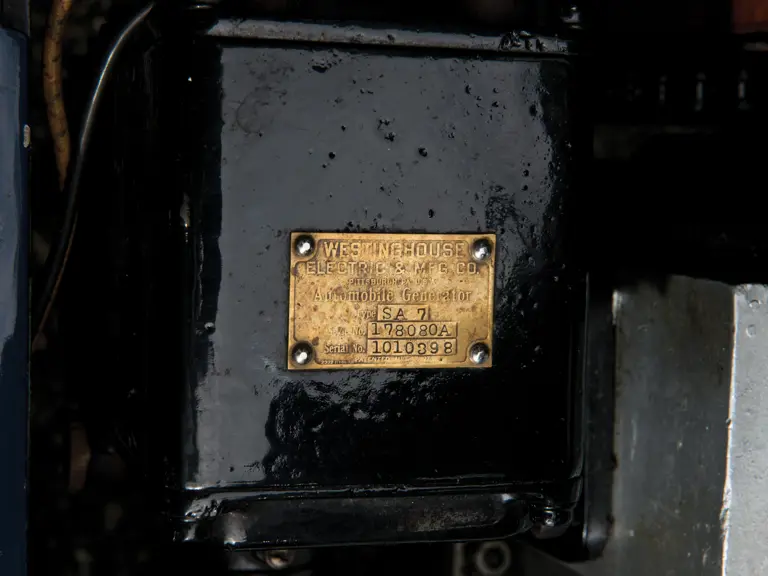
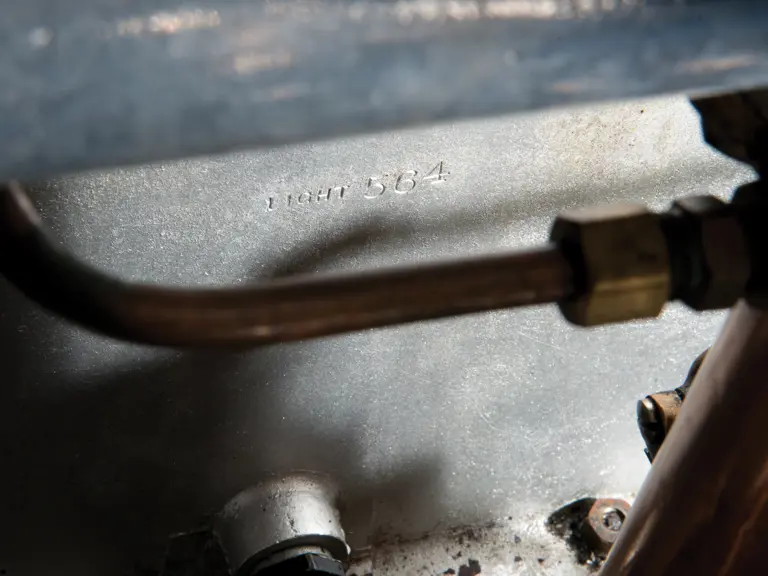
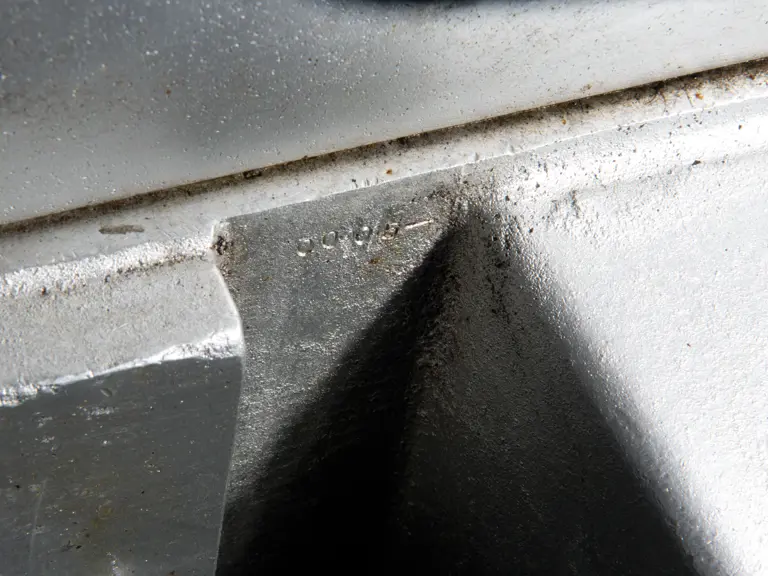

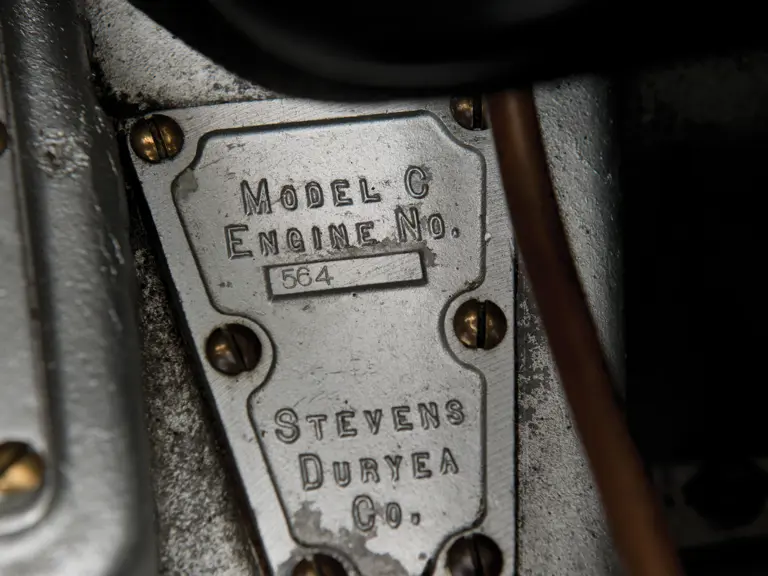
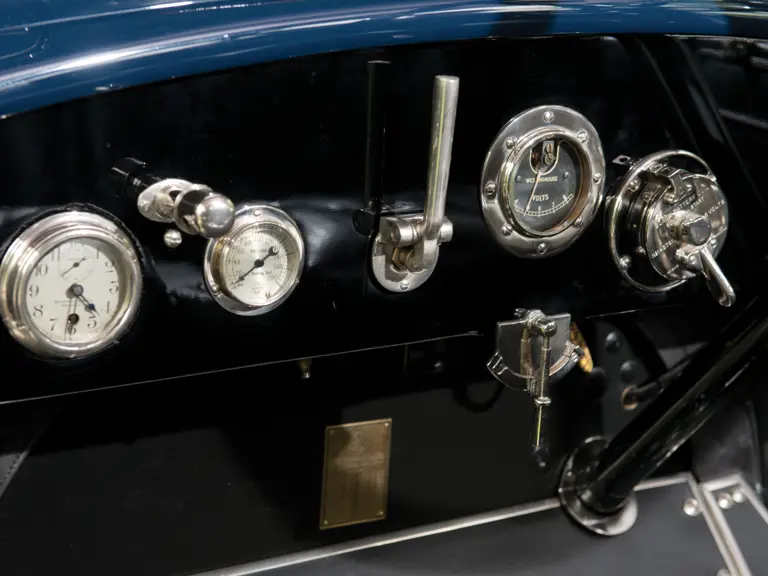
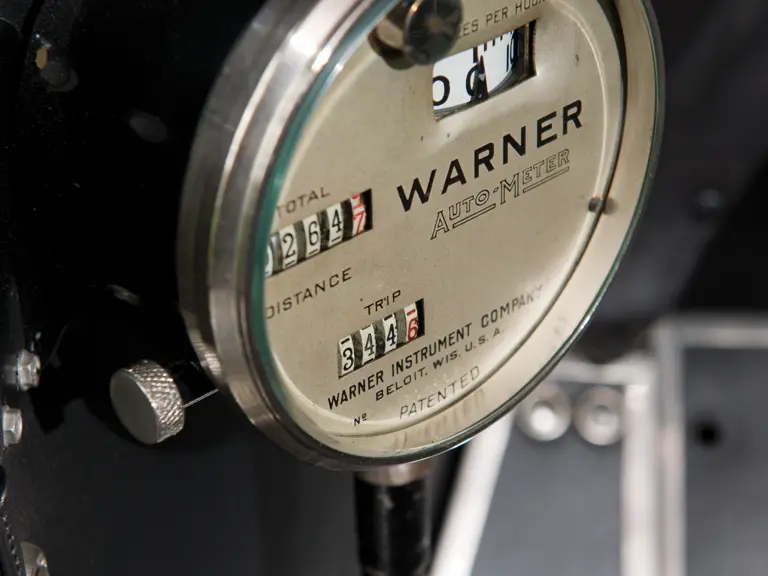
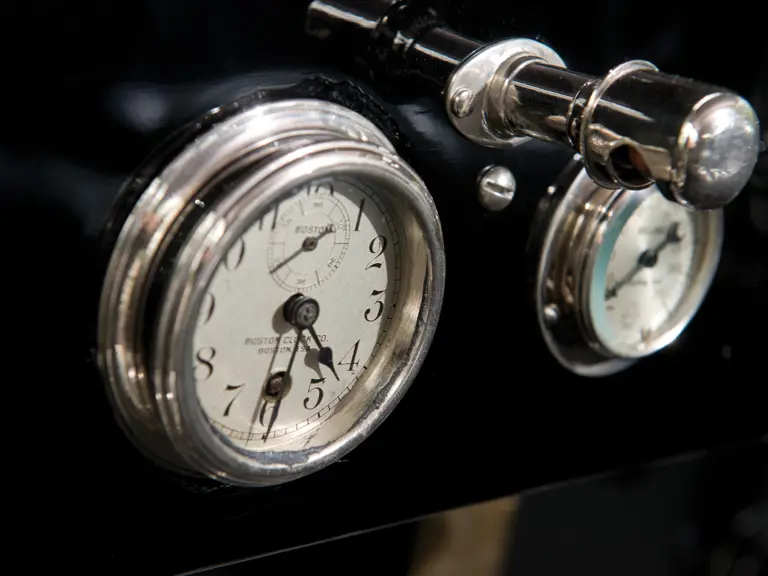
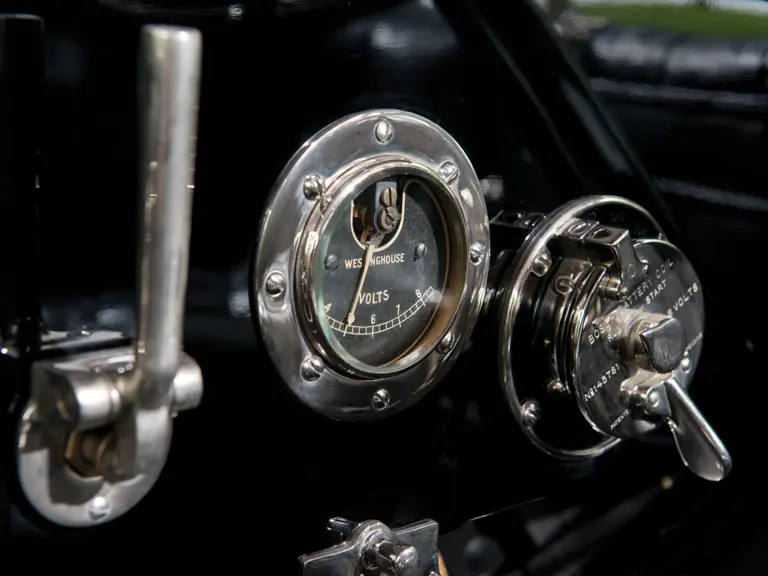
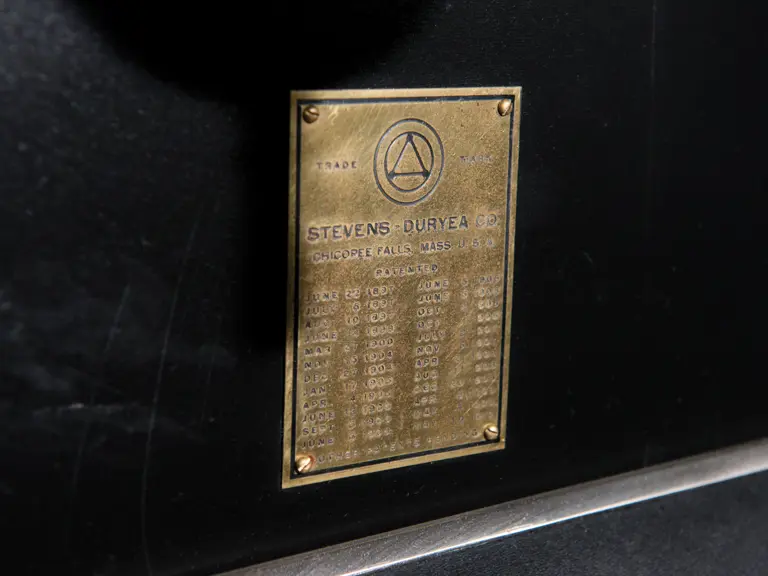
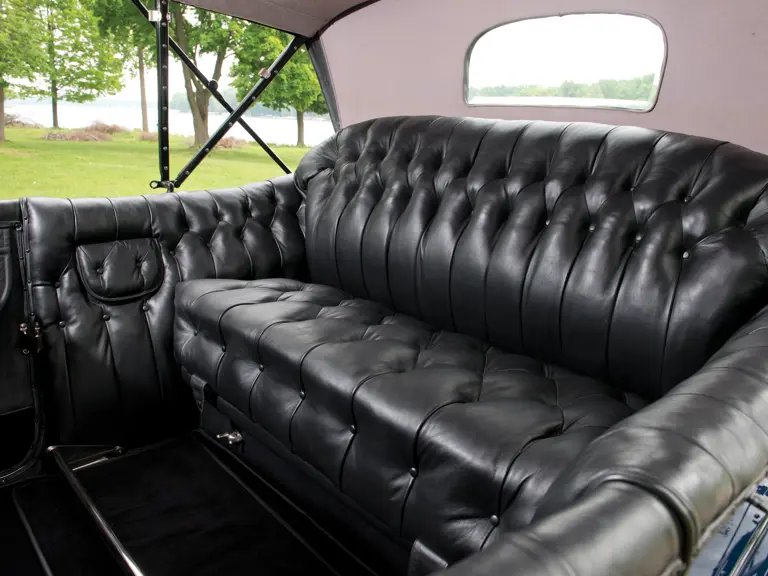

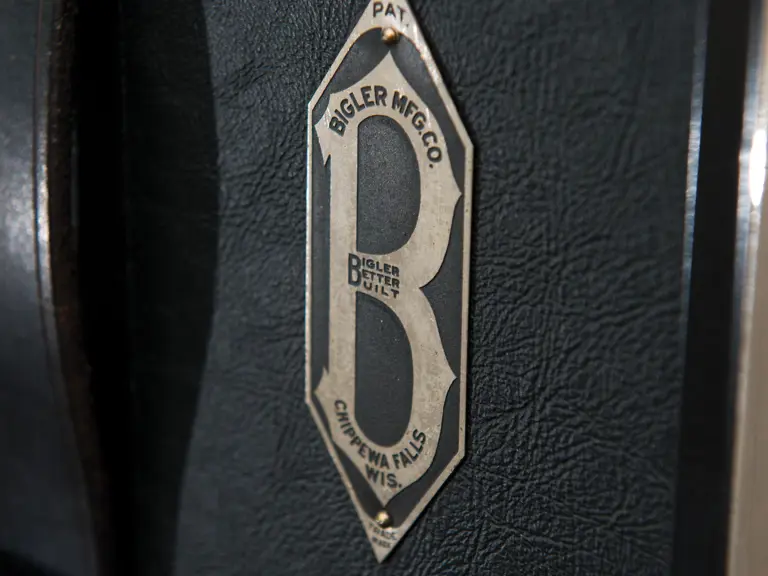
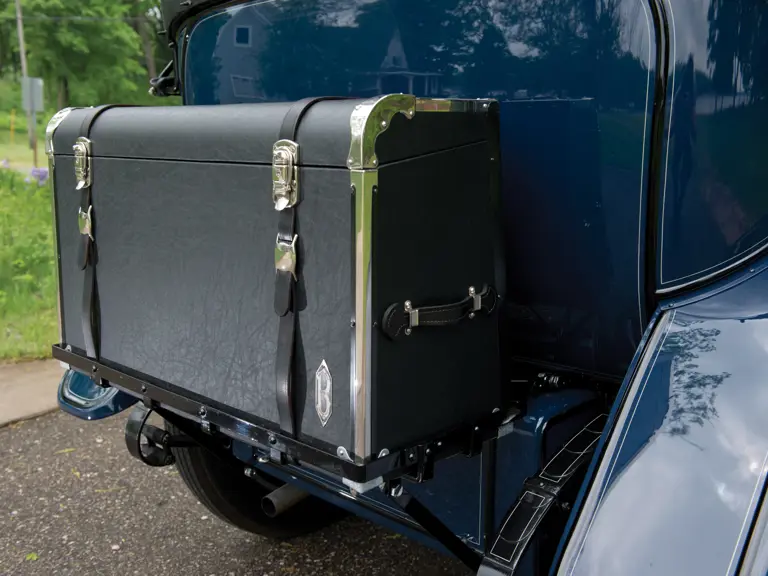
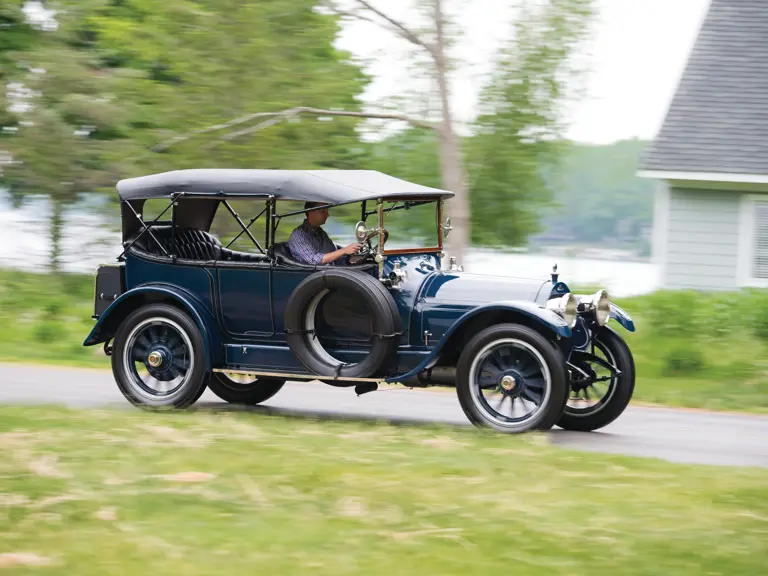
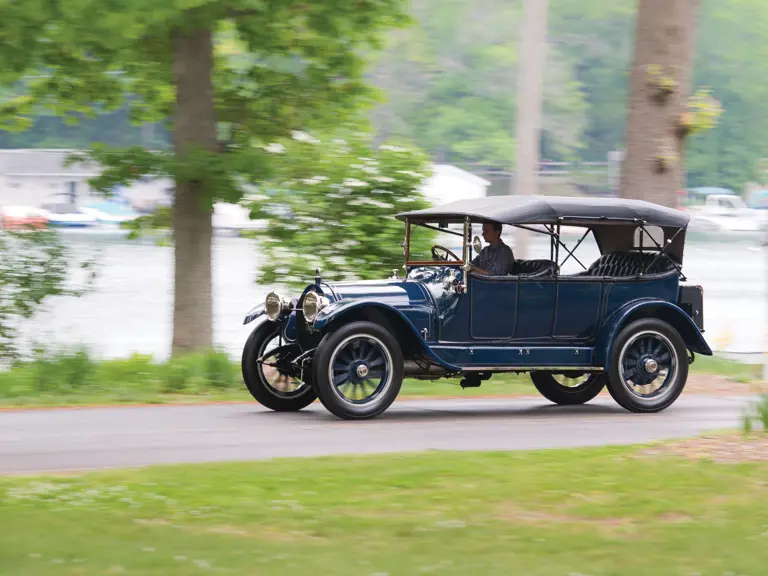
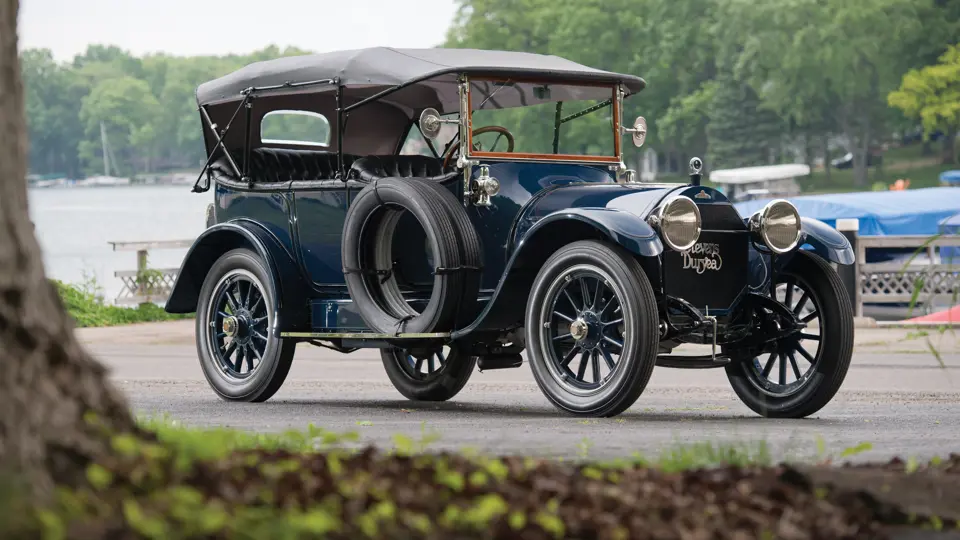
 | Monterey, California
| Monterey, California
